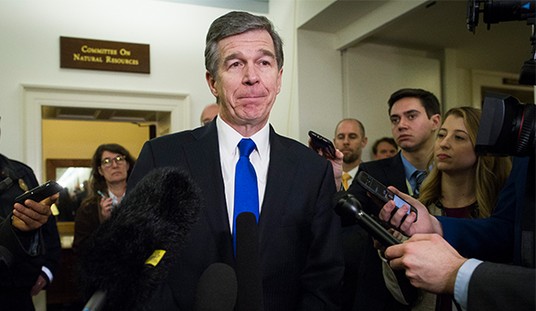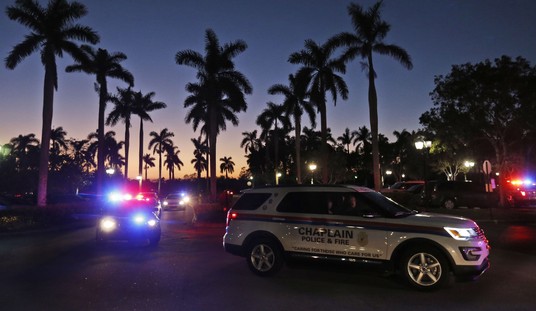Republic of Korea-North Korea: On Monday, 7 April, North Korea criticized South Korea for test-firing a ballistic missile capable of reaching all parts of the North.
On 23 March, South Korea successfully tested a ballistic missile with a range of 500 kilometers and a payload of 1 ton at a firing range southwest of Seoul. The missile hit the intended target.
The North's National Defense Academy called the launch a grave provocation. It said that Pyongyang will not sit idle and will deal sternly with provocations.
"If even a single missile, be it from the U.S. or South Korea, falls on North Korean territory, we will wipe out the enemy's strongholds by mercilessly firing a salvo of missiles," the academy said in a statement carried by the Korean Central News Agency (KCNA).
Comment: A statement by the North's scientists represents a low-level reaction, compared to a statement by the National Defense Commission, for example. Monday's statement lookspro formarelative to the North's stock of threatening language. Nevertheless, the statement is important because it confirms that the missile test got North Korea's attention. The two Koreas are communicating on the same level.
Japan: The Defense Minister gave orders on Saturday for Japanese forces to destroy any North Korean ballistic missile that threatens to hit Japan in the coming weeks. Defense Minister Itsunori Onodera issued the order in reaction to North Korea's recent firing of medium-range ballistic missiles, a government source said.
The order took effect on Thursday, 3 April, and runs through 25 April, which will be Founder's Day - the 82d anniversary of the formation of the Korean People's Army.
Recommended
Following the order, the Maritime Self Defense Force ordered a destroyer equipped with the Aegis anti-missile system to deploy to the Sea of Japan. It is authorized to fire if North Korea launches a missile that Japanese leaders judge poses a danger of striking or falling on Japanese territory.
The US Secretary of Defense announced on 6 April that the US will deploy two more Aegis-equipped destroyers to Japan by 2017.
Comment: The Japanese government made no public announcement to try to prevent disruption of recent direct talks between Japan and North Korea. Nevertheless, Japan also is communicating in a language North Korea understands.
The North Korean leaders have a dilemma. Their paranoia and the requirement to manipulate patriotism and fear to ensure popular responsiveness propel them to demonstrate military prowess occasionally. However, the poverty of resources and limited number of modern manufacturing facilities impose low limits on the amount of resources they can waste in demonstrations. They can start a fight, but can't finish it.
When the Asian Allies demonstrate military power, they remind the North they have the resources to finish a fight. And that helps keep the peace.
India: General elections begin on 7 April.
Afghanistan: Turnout from Afghanistan's presidential election was seven million of 12 million eligible voters, or about 58 percent, election commission chief Ahmad Yousuf Nuristani said on Saturday.
Nuristani told reporters the figure of seven million was based on preliminary estimates.
News sources reported long lines at most polling places, including in the former Taliban 'capital' of Kandahar. Polling places in some regions, including in Kabul, ran out of ballots.
Security concerns required the closure of 959 polling places, about 15% of the total
Most reports of voter intimidation came from Pashtun heartland provinces, such as Wardak. Overall, violence was low. Twenty people were reported killed and more than 40 injured. Those numbers are likely to rise.
Preliminary results are expected on 29 April. If no candidate receives more than 50% of the votes, a runoff election must be held between the two leading contenders, tentatively on 28 May.
The two front runners are Abdullah Abdullah, a medical doctor and politician from the north, and Ashraf Ghani, a former World Bank official and university chancellor. During the campaign, both said they would sign a status of forces agreement with the US, if elected.
Comment: Afghans have taken to the ballot, in defiance of threats. But for Taliban intimidation in those areas under their control, the turnout would have been much higher.
Overall, the elections represent a disastrous outcome for the Taliban who called the elections invalid, unIslamic and vowed to disrupt them. They failed miserably, measured against their performance in prior elections.
It is not clear what these elections signify about Taliban capabilities. As for Afghan attitudes, they suggest that Afghan voters have not given up on their political system so that they would automatically welcome the Taliban, as they did in 1996. Mullah Omar and his acolytes will be studying these results.
What also seems clear is that the voters have had enough of the Karzai era. Nevertheless, large portions of the Pashtun population remain disenfranchised.
Iran-Pakistan: Four Iranian border guards who were captured by Pakistan-based Islamist militants a month ago were released and returned to Iran on 6 April, the Iranian Intelligence Ministry said in a statement.
Iran's Majlis, or parliament, ratified a security cooperation agreement with Pakistan on 6 April.
Comment: Five Iranian border guards were captured by a Sunni Islamist fighting group in southeastern Iran and taken to Pakistan. The group announced the execution of one border guard last month. Sunni clerics in Iran are credited with securing the release of those still alive.
The resolution of the border guard issue and the ratified security cooperation agreement hint at new arrangements that anticipate the withdrawal of NATO and allied forces from Afghanistan.
Ukraine:On Sunday, pro-Russian protesters seized state buildings in three eastern Ukraine cities, shown in red on the map.
Pro-Russian Demonstrations in eastern Ukraine

In Donetsk, about 1,500 people protested in the open and then broke into the regional administration building. They hung a Russian flag from a second-story balcony and shouted "Russia! Russia!"
In Luhansk, protestors seized a security service office, waved Russian flags and demanded a Crimea-style referendum on joining Russia. Three people were reported injured,
In Kharkiv, several dozen protestors entered the regional government building and waved Russian flags over cheering crowds. Police officers reportedly refused to use force against the crowd and moved away from the government building after the protestors broke in.
The regime in Kiev/Kyiv called an emergency security meeting and blamed President Putin and former President Yanukovych for stirring up the protests.
Comment: After two weeks of relative calm, the pro-Russian agitation has resumed. Thus far it is a weekend occurrence. The demonstrations resemble the initial protests last November that led to the ouster of Yanukovych. That probably is no accident. They also look as if they were the latest results of an intelligence influence-building operation, featuring young Russian speakers.
Two aspects of the protests are worth noting. The police did not prevent the building takeovers. Later the Kiev regime said it ordered peace restored without bloodshed. That announcement looked like an effort to put the best face on a failure of law enforcement.
The second aspect is the Donetsk crowd called for a form of federalized government, a favorite Russian theme.
If Russia intends to extend its sphere of influence in eastern Ukraine, recent Ukrainian regime and NATO moves might require Russia to accelerate its operations and meddling.
End of NightWatch
###
NightWatch is brought to readers of Townhall Finance by Kforce Government Solutions, Inc. (KGS), a leader in government problem-solving, Data Confidence® and intelligence. Views and opinions expressed in NightWatch are solely those of the author, and do not necessarily represent those of KGS, its management, or affiliates.
A Member of AFCEA International

























Join the conversation as a VIP Member